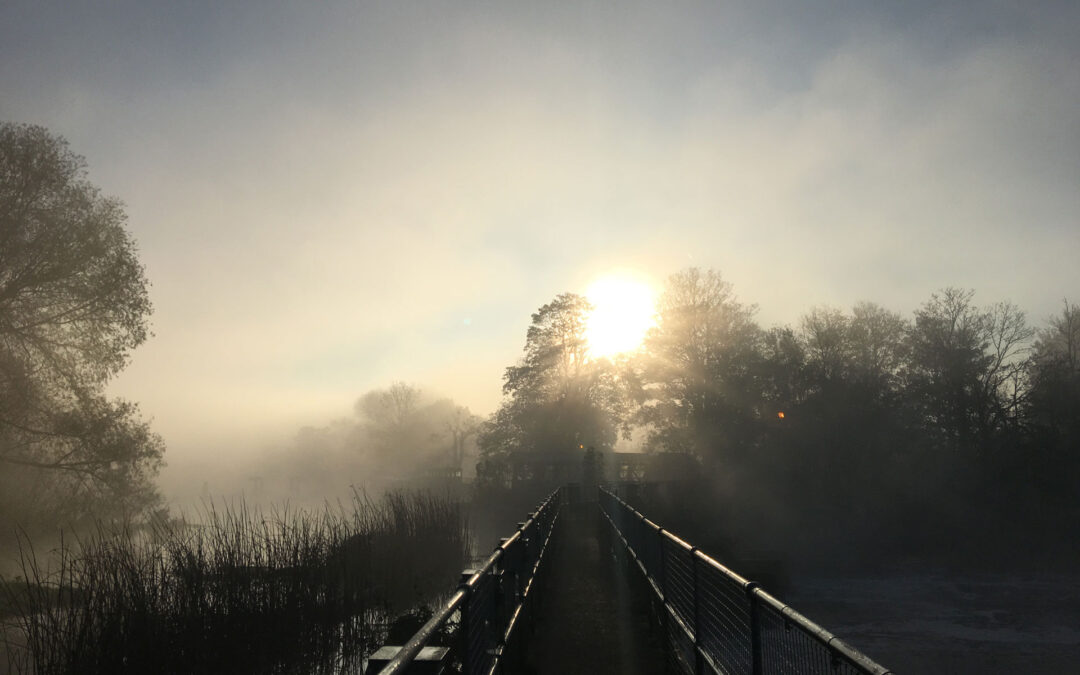It sounds so easy… “Can you put this photo I took at the weekend on my website?” But, it’s not that straightforward, there are quite a few things to do first…
Whereabouts, exactly do you want this photo to go on the website? Sounds simple, but it’s surprising how many people don’t really give this any thought. Firstly there are two aspects of a photo, the portrait and the landscape image. Portrait being best used for what it says, portraits and is a photo that is taller than it is wide. Landscape, for everything else, is wider than it is tall. You might even have square images.
If your website layout uses landscape images throughout and you want to use a portrait image in the place of one of them, then it’s quite likely that other things will need to be reconfigured to make the page look right, otherwise, it’s likely to “jump up and down” as you look at it. Think of your web page as a series of blocks that fit together.
Then there’s the size of the image. Let’s talk first about the image size, as in its physical size. Your website, when it was designed and put together, will use very specific sizes of images often defined in pixels (px). Your replacement image needs to be EXACTLY the same size or, again, the page is likely to need a bit of reconfiguring. We’ve all seen those websites where the page jumps up and down as you’re trying to read it. Quite often, this is down to different sized images being used and the page resizing itself to display properly.
There’s also the file size of an image. Modern SLR cameras can produce images that are around 30MB size and 6000 x 4000 pixels in size, even your smartphone is likely to produce images of around 3MB and 4000 x 3000 pixels. At most, the images on your website are likely to be 400KB and 1920 x 1080 pixels in size.
Your image may also need to be cropped so the photo only shows what you want it to show, not that stray person that photobombed your photo.
Your photo needs to be resized and optimised for web use. Not doing this can cause jumping pages and very long page load times. No one wants to wait minutes for your page to load – they’ll click away to look somewhere else.
Then your photos need to be tagged. What’s tagging? Well, Google can’t “see” photos. It relies on text associated with that image, mainly alt text which describes what the photo is about. This can have an effect on SEO, in that your photos should relate to the text on the page, which should target a keyword(s)or a phrase.
The photo probably also needs to be given an appropriate title. IMG_6972.JPG means nothing. But re-titling your photo to Raspberry Pavlova Cake immediately conjures up an image in your head (mmm…. Cake).
So, as you can see, it’s not quite as straightforward as just sticking the photo on the website. A fair bit of work has to be done first. With practice, it doesn’t take long to do this, but I’m in and out of peoples websites, uploading images and other bits and pieces daily. In most cases, I can take your raw image, prep it and have it on your website within 10 minutes. If it takes you a reasonable 30 mins (it will probably take longer) doesn’t it make sense to ask me to do it for you, so you can get on with doing what you do? That’s why in our Maintenance and Support packages we allocate time for minor updates like this.
Well, that’s it until next week.
I’ve written other blog posts that you might like to read here, or please have a look at the rest of my website.
If you have anything you’d like me to explain in a blog, drop me an email.
Best wishes

We build WordPress websites primarily for local businesses in the Oxfordshire area. If you’d like to get in touch to see how I can help your business to get online or improve its online presence, then drop me an email: mail@webseoassist.co.uk


Recent Comments